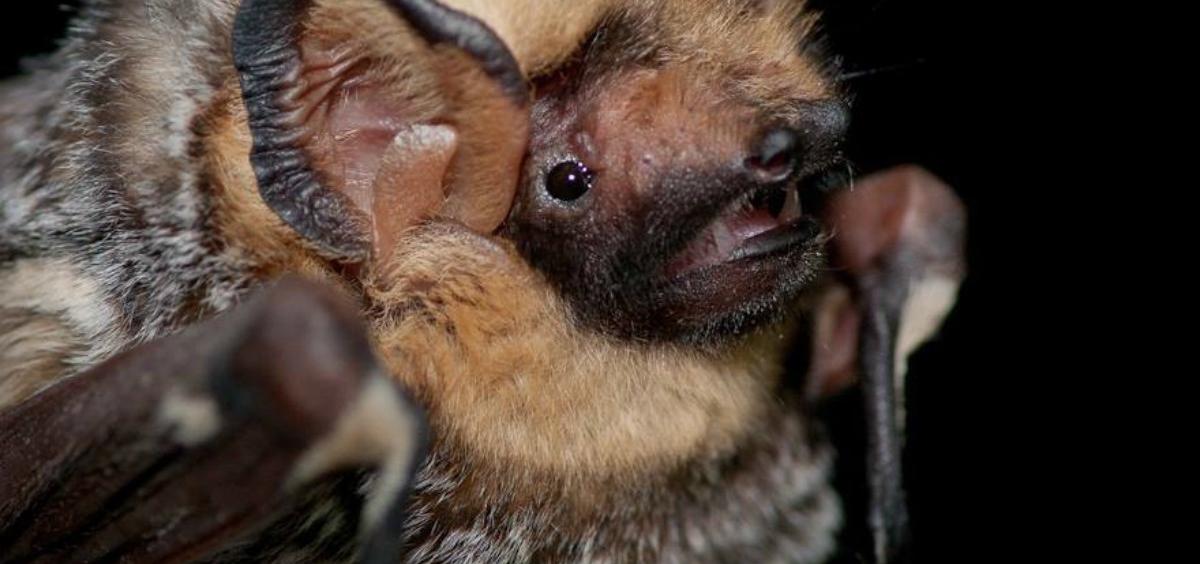
CORVALLIS, Ore. – With a swish of his cape, Count Dracula ruined the reputation of bats forevermore. Maybe.
In the 125 years since Dracula came on the scene and spooked us into believing bats are bad, we’re beginning to get a grasp on the truth: Their voracious appetite for insects turns them into a living pesticide that saves farmers billions of dollars a year and helps rid our backyards of insects like mosquitoes, moths, grasshoppers, flies and beetles. Some species are critically important pollinators for crops ranging from bananas to agave.
Still, there is plenty of false fodder contributing to their scary reputation. Bats aren’t flying mice. In fact, according to Bat Conservation International, they are more closely related to humans. Bats don’t get tangled in your hair. Bats aren’t blind. Of the three species out of 1,300 that feed on blood, only one targets mammals. All of these are limited to Latin America. (If you really want to know, they don’t suck blood, they lap it “like kittens with milk,” BCI says on its website.)
Most importantly, bats are no more likely to get rabies than other mammals. However, in any given year, some bats likely do contract and develop the disease, said Dana Sanchez, wildlife specialist with Oregon State University Extension Service.
“People should report and avoid any contact with a bat that acts oddly, such as flying during the day, approaching people or crawling on the ground,” said Sanchez, who is the co-author of the new Extension publication Getting to Know Oregon’s Bats. “It could be affected by rabies or another disease, such as white-nose syndrome.”
Report sightings to the Oregon Department of Fish and Wildlife website or by phone at 866-968-2600 or your local health department where professionals can advise you on the steps to take.
Bats need little encouragement to hang around. They roost in dead trees, caves and other dark, quiet places, including bat houses. You'll see them at dusk and can recognize them by their zigzagging flight pattern.
To attract them to your garden and to help with their conservation, construct a bat house or provide other roosting places. Bat boxes resemble large bird houses but are open on the bottom and partitioned into several narrow spaces. Patterns are available on the Bat Conservation International website.
“One of the biggest problems that bats are facing right now is loss of habitat,” Sanchez said. “We can try to mitigate that with bat houses.”
Other factors threatening bats, Sanchez added, are wind energy development, white-nose syndrome and broad changes to water and foraging resources due to climate change.
Of the 15 species of bats in Oregon, the most common are the little brown bat (Myotis lucifugus), long-legged bat (Macrophyllum macrophyllum) and big brown bat (Eptesicus fuscus). The Western pipistrelle (Pipistrellus hesperus), the smallest bat in the U.S., weighs in at one-tenth of an ounce and can be found in Eastern Oregon..
More bat facts from Bat Conservation International:
About the OSU Extension Service: The Oregon State University Extension Service shares research-based knowledge with people and communities in Oregon’s 36 counties. OSU Extension addresses issues that matter to urban and rural Oregonians. OSU Extension’s partnerships and programs contribute to a healthy, prosperous and sustainable future for Oregon.
Kym Pokorny, 541-737-3380, [email protected]
Dana Sanchez, 541-737-6003, [email protected]
Click photos to see a full-size version. Right click and save image to download.